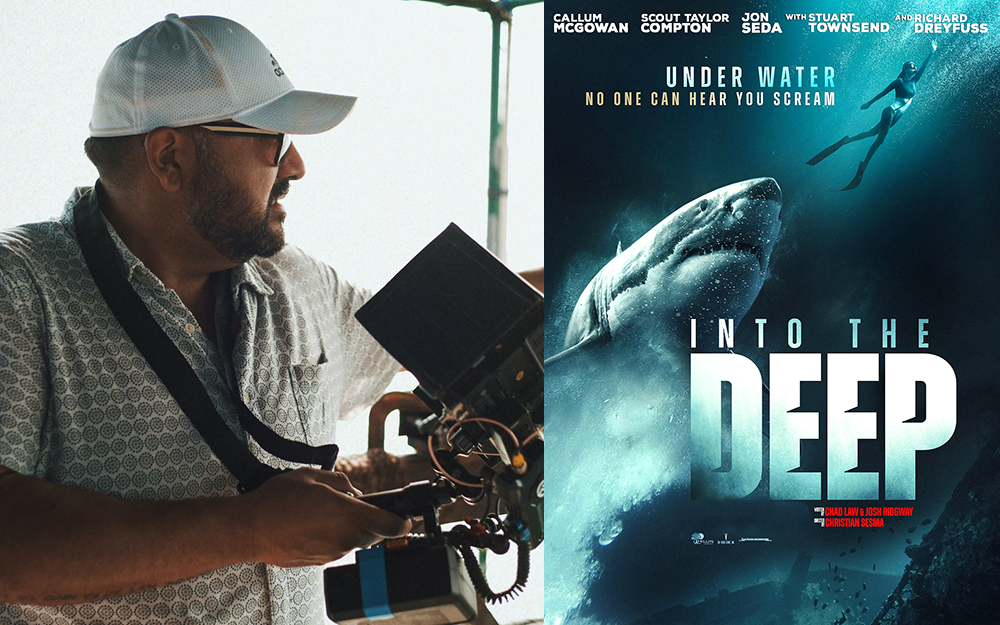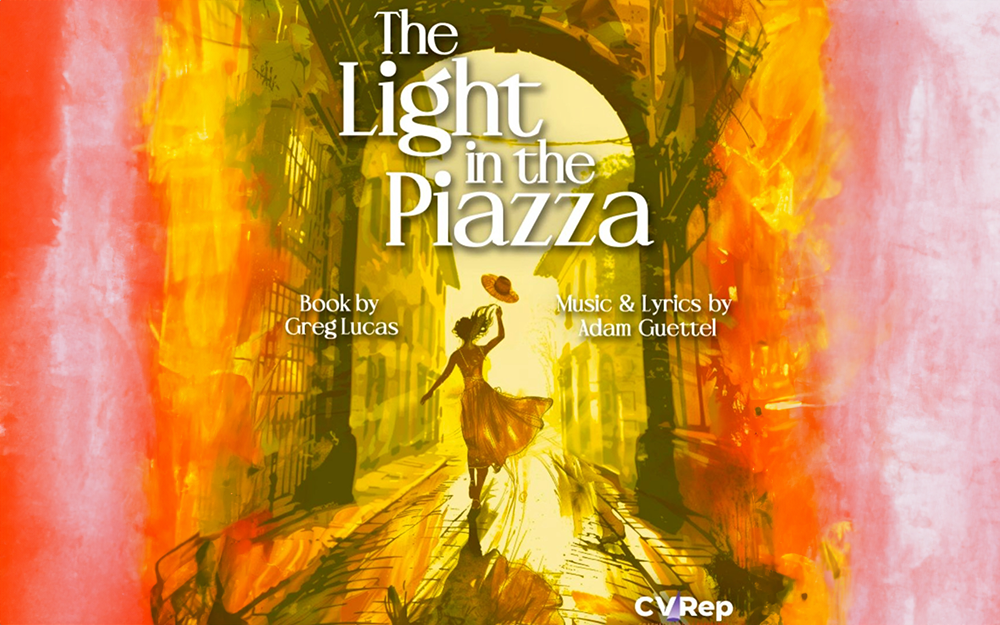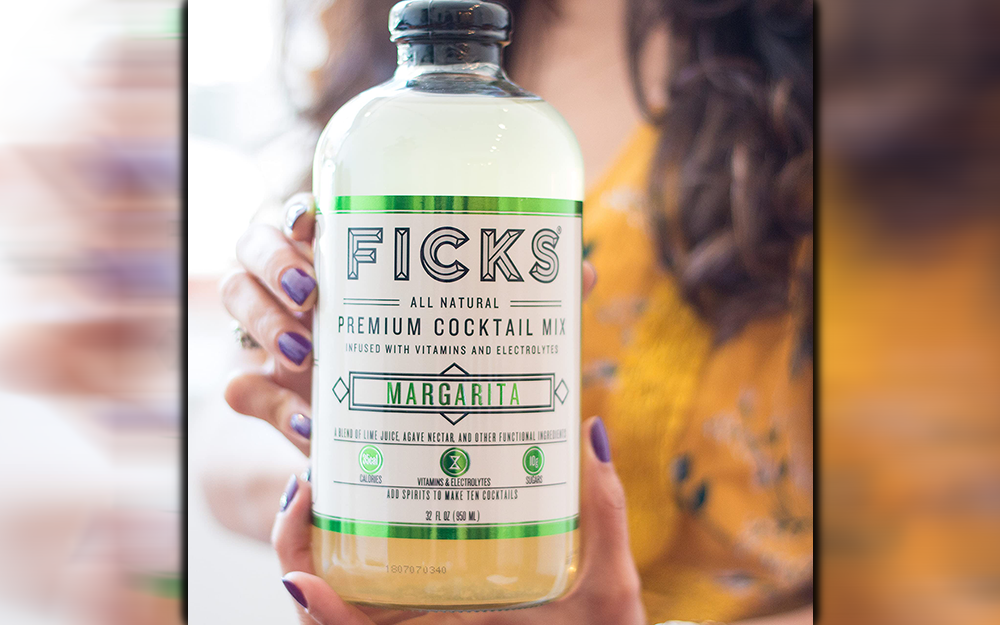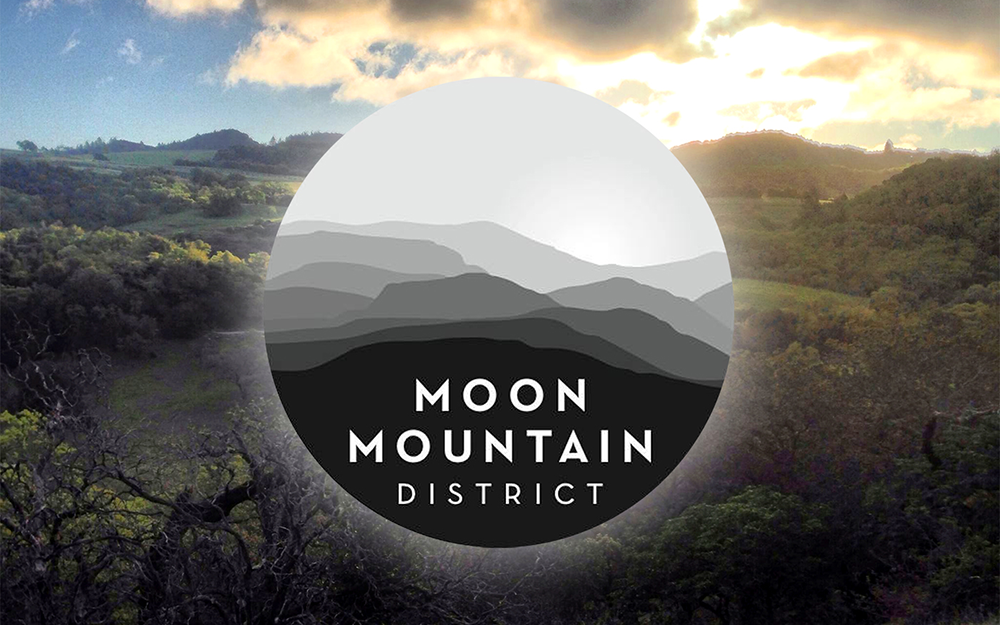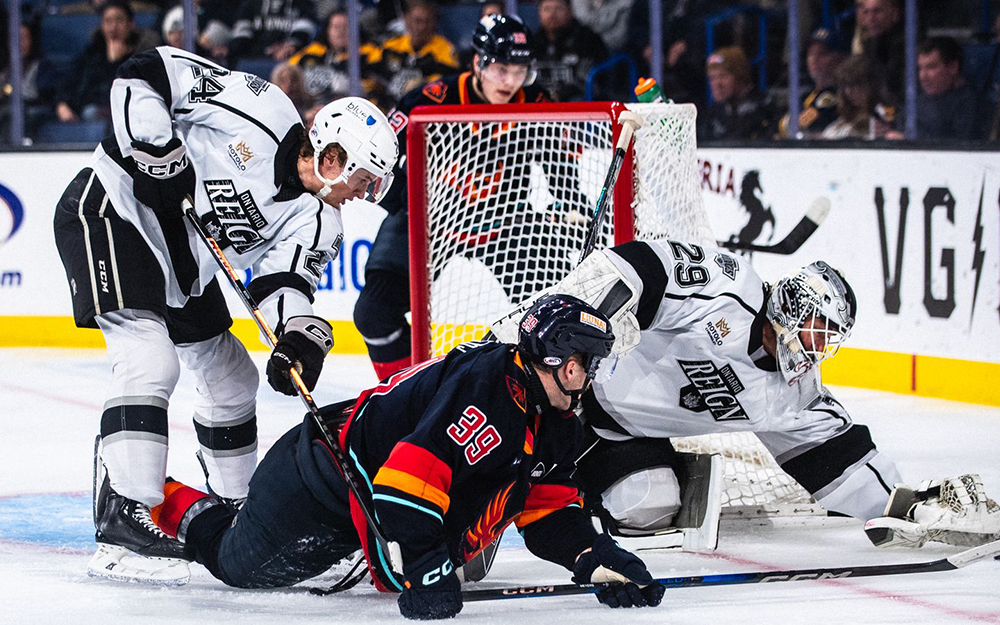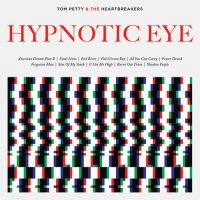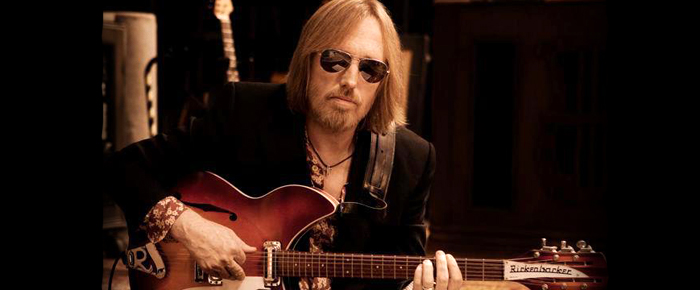
By Eleni P. Austin
Tom Petty & The Heartbreakers are the quintessential L.A. band. It’s been 40 years since Petty and his first band, Mudcrutch arrived in Los Angeles, after signing with Leon Russell’s record label, Shelter.
The fresh-faced band,(featuring Petty on lead vocals and bass, Mike Campbell and Tom Leadon on guitar, Benmont Tench on keys and Randall Marsh on drums) had already made a name for themselves, gaining popularity on the bar band circuit in Florida.
Born in 1950, Petty grew up in Gainsville. He became obsessed with Rock & Roll at an early age. After meeting Elvis Presley on the nearby set of “Follow That Dream,” he famously traded his Wham-O slingshot for a stack of Elvis 45’s. Seeing the Beatles’ historic appearance on “Ed Sullivan,” cemented his ambition. He began plotting a career in music.
Once they reached Los Angeles, Mudcrutch quickly imploded, everyone but Petty returned to Florida. Initially, Shelter wanted to market him as a solo artist, but he was more comfortable in a band setting. Mike Campbell and Benmont Tench had begun collaborating with bassist Ron Blair and drummer Stan Lynch. When they reconnected with Petty, Tom Petty & The Heartbreakers were born.
Their self-titled debut arrived in 1976. Their music was a sharp synthesis of ‘60s influences like the Beatles, Byrds, and ‘Stones. British Invasion styles fused with good ol’ American Garage Rock, filtered through Petty & the Heartbreakers’ finely honed songcraft. Ignoring the prevailing trends of Disco and Prog-Rock, the band’s economical style initially aligned them with England’s burgeoning Punk movement.
Following their first British tour, the album climbed to #24 on the U.K. charts. It took another two years for America to catch up. By 1978 the album hit #55 in the U.S. and the songs “Breakdown” and “American Girl” broke into the Top 40.
Petty quickly followed up with his sophomore effort, You’re Gonna Get It, released in 1978. As he prepared to record his third album, Shelter Records was absorbed by the giant MCA record conglomerate. Balking at being sold like chattel, Petty’s music was re-assigned to the Backstreet imprint. It was the first time that he would skirmish with his record label, but it wouldn’t be the last.
Despite all the record company tsuris, the band went on to release their masterpiece. Damn The Torpedoes had all the same ingredients, the Byrdsy jangle, the Stonesy swagger, but somehow their sound had coalesced. Songs like “Refugee,” “Here Comes My Girl” and “Even The Losers” felt modern and timeless. The album spent nearly a year holding down the #2 spot on Billboard charts.
The band’s next two albums, 1981’s Hard Promises, and 1982’s Long After Dark were equally accomplished. Petty again battled with his label, threatening to withhold Hard Promises, if MCA followed through with their plan to jack the price up a dollar. Petty won the stand-off, and consumers reaped the benefit.
Although their next couple of albums; Southern Accents and Let Me Up, I’ve Had Enough were uneven, the band dominated the charts throughout the ‘80s.
After they ably backed Bob Dylan at the first Farm Aid concert, he invited them on a co-headlining tour. That lead to Tom Petty’s not-so-anonymous all-star collaboration with Dylan, George Harrison, Jeff Lynne and Roy Orbison. As the Traveling Wilburys the quintet released their debut, Traveling Wilburys Vol. 1 in October, 1988. It was a critical and commercial success. Sadly two months later Roy Orbison died of a heart attack.
In 1989, Tom Petty took a break from the Heartbreakers. Tapping Jeff Lynne to produce, he recorded a “solo” album. (Mike Campbell and Benmont Tench both played on the record). Full Moon Fever charted seven singles and went platinum five times.
Petty remained prolific throughout the ‘90s, ditching MCA for the more artist-friendly Warner Brothers label. He released three albums with the Heartbreakers, Into The Great Wide Open, the soundtrack for She’s The One and Echo in 1991, 1996 and 1999, respectively. When drummer Stan Lynch departed in the early 90s, Steve Ferrone moved behind the kit. Touring guitarist, Scott Thurston was added on rhythm guitar moving from “Side-breaker” session man, to full-fledged Heartbreaker by the late ‘90s.
In 2002 they released The Last DJ, a scabrous assessment of both the record industry and the homogenization of commercial radio. Along the way, Petty found time to record two more solo efforts, Wildflowers in 1994 and Highway Companion in 2006.
In 2007 Petty, Campbell and Tench reunited with Leadon and Marsh and reformed Mudcrutch, two years later they finally recorded their debut, followed by a tour. The Heartbreakers reconvened in 2010 and released Mojo, which channeled the Chicago Blues sound of Chess Records.
Now Tom Petty & The Heartbreakers are back with their 13th studio album, Hypnotic Eye. The album opens with the cautious optimism “American Dream Plan B.”
Thrumming bass lines and a pounding backbeat connect with ascending guitar riffs. Petty leaps in with his trademark nasal twang, slipping into the skin of a young kid hoping to secure a bright future. “Well my mamma’s so sad, daddy’s just mad ‘Cause I ain’t gonna have the chance he had/My success is anybody’s guess, but like a fool I’m bettin’ on happiness.” The instrumental break pivots between acoustic jangle and Power Pop crunch.
Petty and the band step out of their collective comfort zone on three tracks, “Fault Lines,” “Full Grown Boy” and “Sins Of My Youth.” On “Fault Lines,” Ferrone rides the Hi-Hat, creating a rollicking rhythm. Fluid bass lines slip and slither between Campbell’s fuzz-tastic guitar riffs, Thurston adds a scorching harmonica solo over Tench’s organ colors. Here Petty equates his own foibles with the infamous fault lines that roil California.
The slinky “Full-Grown Boy” recalls the Gypsy Jazz of Django Reinhardt, coupled with the no-nonsense Blues of Mose Allison. There is also a hint of Fleetwood Mac’s Bob Welch-ified “Hypnotized,” making the whole thing pretty irresistible.
Finally, “Sins Of My Youth” is a shimmery Samba. The melody is powered by plucked guitar notes, a hiccup-y rhythm and splashes of mellotron and organ. Petty paints a sly portrait of an aginglothario, atoning for his salacious past. “You say you love me, wish you liked me more, I’m no angel, that’s for sure/Said you forgave me each time I was caught, but you still paint me as something I’m not.”
Two songs, “Power Drunk” and “Burnt Out Town” address the economic disparity that plagues this country. The former is anchored by a leap-frog rhythm, a fluttery organ wash and guitar riffs that splinter and pinwheel. The lyrics are a not-so-subtle swipe at the Bush-Cheney era Whitehouse. “Pin a badge and a man begins to change, starts believing there’s nothing out of his range/You and I are left in the wind, In the wake of a rich man’s sin.”
The latter is a Bluesy shuffle, featuring barrelhouse piano rolls and sinewy harmonica fills. Petty’s vocals take on a sepulchral tinge. He employs an economy of language to note the more things change, the more things stay the same. “This is a burnt-out town, new emperor same clothes.”
Other interesting songs include “Red River,” which feels like Petty 101. Over a muscular back beat, Petty piles on hooks-galore. Insistent guitar licks collide with stuttery keys, as Petty unspools a colorful yarn of an overly- superstitious woman. “She’s got a rosary and a rabbit’s foot, a black cat bone that treats her good/She’s got a tiger’s tooth and a gris-gris stick, still it don’t do the trick.”
“All You Can Carry” is a mid-tempo rocker wherein the narrator is anxiously preparing for end-times. Meanwhile, “Forgotten Man” feels like a classic rave-up. The Tom-Tom heavy, Bo Diddley beat does much to camouflage the lovelorn heartbreak of the lyrics. “No lust, no rage, no wicked thoughts, just pain that lingers on.”
The album closes with “Shadow People.” A honeyed piano intro gives way to the hypnotic repetition of the same comforting cluster of guitar notes. Equal parts shadowy Film Noir and Wild West parable, the melody and lyrics tease out sharp observations concerning our collective malaise. Campbell’s fretwork is fleet and stinging, adding to the layers of spooky keys and metronomic bass lines. It’s the album’s most ambitious track. On The sweet acoustic outro, Petty offers a sliver of optimism. “Waiting for the sun to be straight over head, ‘til we ain’t got no shadow at all.”
Tom Petty manages the neat trick of couching sharp, sometimes withering opinions in completely accessible melodies. Forty years on, the music still resonates.









